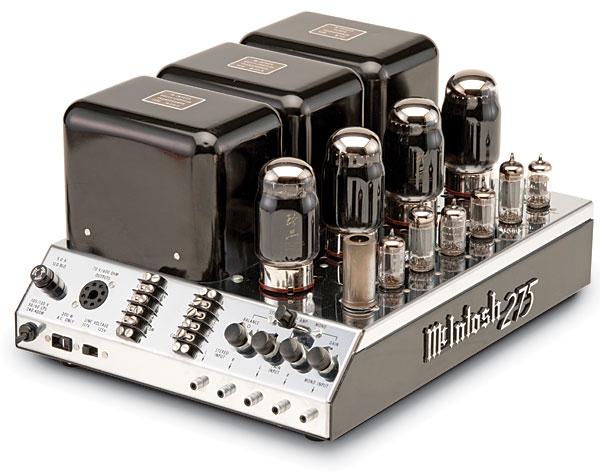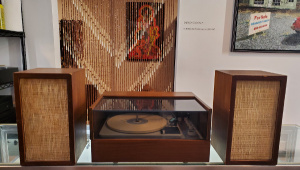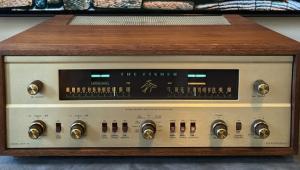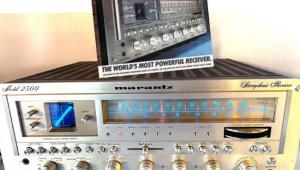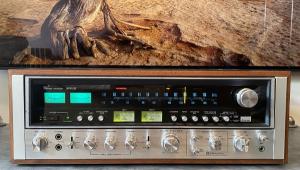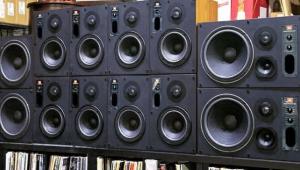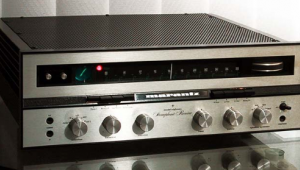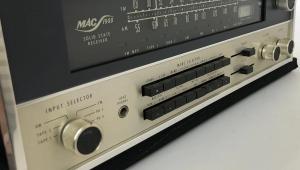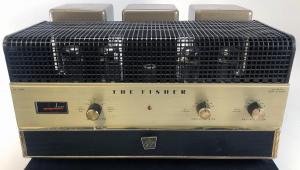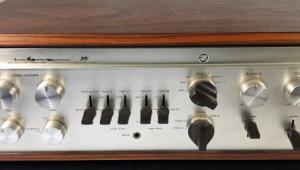Neat amp and excellent writing, I am sure, until the very last sentence: "Export sales slightly exceed domestic output."
We know all McIntosh products are made in the USA, so "domestic output" must refer to the total output of products from the manufacturer. If "export sales" exceed "domestic output", then it reminds me of the production and sales figures of certain ultra exclusive French wines: the output from the French vineyard can be, say 500 cases, but sales figures for the same wine in China alone can be 5,000 cases! We don't want to be pointing fingers, but a simple glance at those figures indicates that something unholy is happening to that wine on its way between France and China.
I doubt Mr. G is making this type of assertion; I hope what he means is that domestic SALES lags behind export sales (and the two sales figures adding up to the domestic output of the McIntosh factory). Being precise about one's language not only makes things clearer, it also prevents one's readers from having some nightmare scenario rattling inside their heads for weeks.
